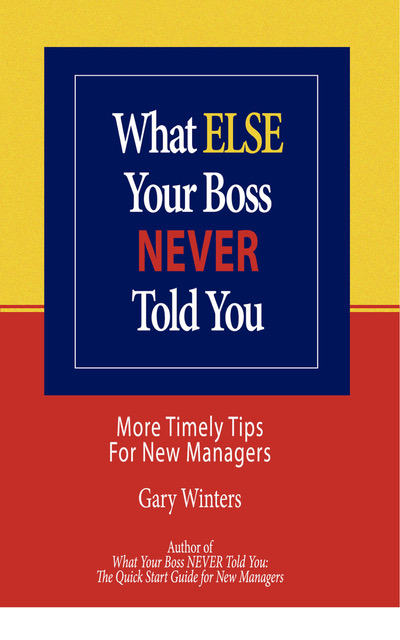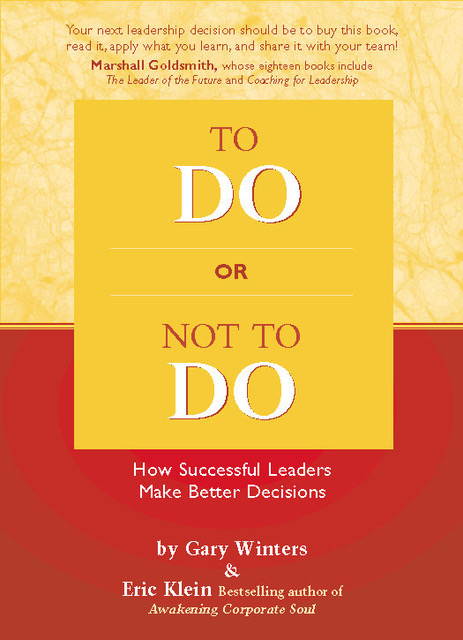In their new book, Switch: How To Change Things When Change Is Hard, authors Chip and Dan Heath cite some fascinating research about a car wash promotion that has big implications for leaders of change efforts.
This little gem of a story offers what I believe is a little known, but very simple technique to jump-start your next change project.
At the car wash, customers were given a card to record stamps for each car wash. Once they got eight stamps, they had earned a free car wash. Here’s the wrinkle that makes this so interesting:
- One group of customers was given card with eight spaces for stamps. Once they collected eight stamps, the next car wash was free.
- Another group of customers was given a slightly different card, with spaces for ten stamps. But, the cards had two stamps already on them – they were given what appears to be a head start.
Both sets of customers needed to collect the same number of stamps (8) for the reward. But, as the authors point out, the second group was 20% of the way to their goal from the beginning – a huge psychological boost.
The results?
- In the first group, 19% had earned a free car wash several months later.
- In the second group, by the same time, 34% had reached the goal.
Why?
The authors write, “People find it more motivating to be partly finished with a longer journey than to be at the starting gate of a shorter one.” They go on to say,
One way to motivate action, then, is to make people feel as though they’re already closer to the finish than they might have thought. If you’re leading a change effort, you better start looking for those first two stamps to put on your team’s cards.
In other words, remind people of what’s already been accomplished. If the goal is to reduce spending by 5%, share examples of how the team has already trimmed spending. If the goal is to adapt to a new paperwork flow, talk about how the team has already succeeded in adapting to other changes in the system.
If your own goal is to lose twenty pounds, make a list of the small changes you’ve already incorporated (eliminating soda, or parking further away from store entrances, or switching to non-fat milk). You’ll avoid the psychological speed bump of feeling like you’re at square one. You’re not – you’re already on your way.
Think about the change effort you’re about to lead. How can you put two stamps on their cards right out of the gate?







